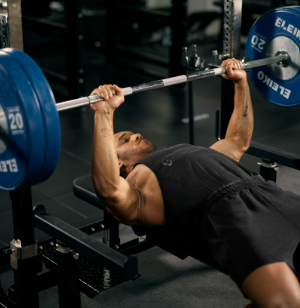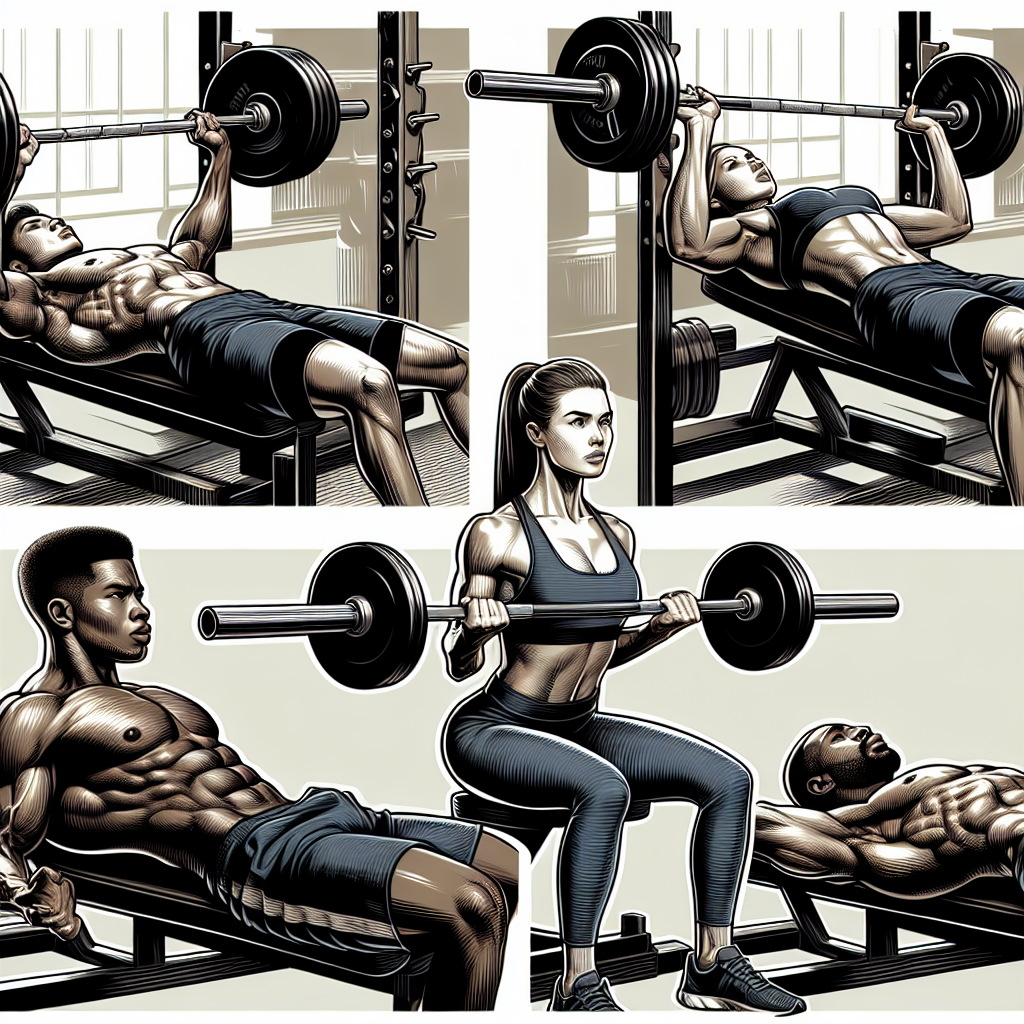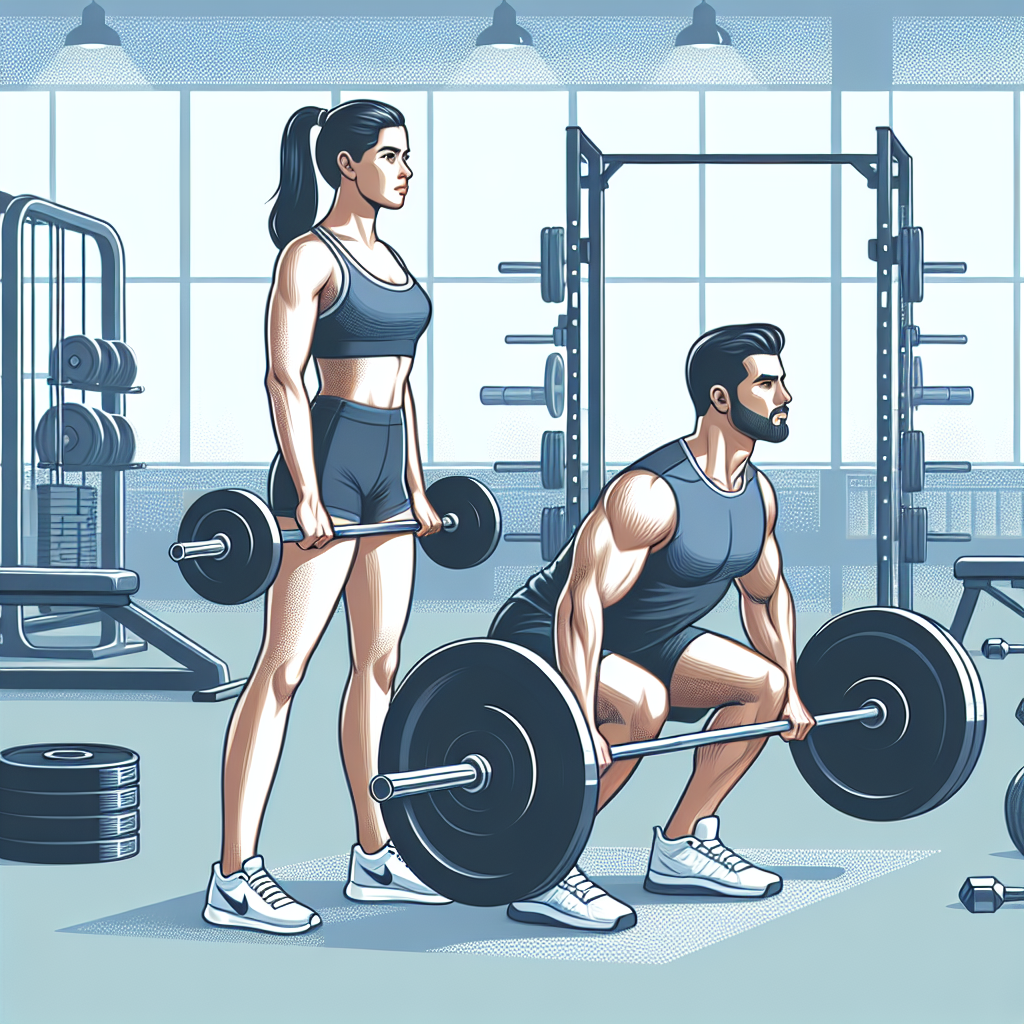Barbell Chest Exercises
Pump Up Your Chest Gains: The Ultimate Guide to Barbell Exercises and Strength Training #ChestWorkouts #FitnessTips
Looking to transform your chest into a powerhouse of strength and size? Well, mate, you've come to the right place! Whether you're a seasoned bodybuilder or just starting your fitness journey, mastering barbell exercises is crucial for those killer chest workouts. In this guide, we'll dive into the world of strength training, sharing weight lifting techniques and fitness tips that'll have you smashing personal records in no time. So, grab your gym gear, and let's pump up those pecs while having a bit of fun along the way. #ChestWorkouts #BarbellExercises #StrengthTraining
Mastering Barbell Chest Exercises
Barbell exercises are the cornerstone of any effective chest workout. They allow you to lift heavier weights, build strength, and sculpt your chest like never before. This section introduces crucial movements, proper form, and common mistakes to steer clear of.
Essential Barbell Moves
There are a few key barbell exercises that should be in every chest workout routine. The classic Bench Press is a must, engaging the pectorals, triceps, and shoulders for overall upper body development. Another powerhouse move is the Incline Bench Press, which targets the upper chest and offers a balance to the flat bench.
For variety, the Decline Bench Press shifts focus to the lower portion of the chest. This exercise complements the incline and flat presses, ensuring balanced muscle growth. The Barbell Floor Press is another option, limiting range of motion to emphasize power in the triceps and chest.
Incorporating these exercises into your routine ensures you hit your chest from all angles, leading to a well-rounded and developed upper body. Mix and match these moves, adjusting weight and reps to match your fitness goals.

Perfecting Your Form
Proper form is non-negotiable when performing barbell exercises. Ensuring your grip width is correct is the first step. A wider grip emphasizes the chest, while a narrower grip targets the triceps more. As you lower the bar, keep your elbows at a 45-degree angle to minimize shoulder strain.
Your feet should be flat on the floor, providing a stable base. Engage your core, maintaining a neutral spine to prevent lower back injury. The bar should touch just below the chest before pressing up in a controlled manner.
Practicing these form cues not only prevents injury but also enhances muscle activation, maximizing your chest workouts. Remember, quality over quantity—focus on each rep for optimal results.

Common Mistakes to Avoid
Several mistakes can hinder progress and increase injury risk. Arching your back excessively during the Bench Press is a common error. While some arch is normal, overdoing it shifts focus away from the chest and into the lower back.
Another pitfall is bouncing the bar off your chest, which reduces tension and control. This habit can also lead to bruising or injury over time. Finally, neglecting the role of the legs for stability can lead to a shaky lift.
Avoid these mistakes by maintaining control, focusing on form over weight, and engaging your entire body throughout the lift. This ensures safer, more effective workouts.
Crafting Effective Chest Workouts
Designing an effective chest workout involves more than just picking exercises. It requires a balanced approach to intensity, volume, and recovery. This section will guide you through creating a routine that maximizes your gains.

Designing Your Routine
Creating a chest workout routine starts with selecting exercises that target all parts of the chest. Start with compound movements like the Bench Press to build overall strength. Follow up with incline or decline variations to address specific areas of the chest.
Incorporate accessory movements such as Dumbbell Flyes or Pullovers to add variety and ensure balanced muscle development. Aim for 3-4 sets of each exercise, adjusting reps based on your goals—higher reps for endurance, lower for strength.
Finally, consider your frequency. Training your chest twice a week allows for recovery while promoting growth. Tailor each session to focus on different aspects, ensuring comprehensive development.
Balancing Volume and Intensity
Finding the right balance between volume and intensity is key to effective chest workouts. Volume refers to the total amount of work performed, while intensity is the weight lifted relative to your maximum.
Too much volume with low intensity can lead to burnout and overtraining. Conversely, high intensity with insufficient volume might not provide the stimulus needed for growth. Aim for a mix—moderate reps with challenging weights.
Tracking your sets, reps, and weights helps maintain this balance. Adjust as needed, increasing intensity gradually to continue making progress without overextending yourself.
Incorporating Rest and Recovery
Rest and recovery are just as important as the workout itself. Muscle growth occurs during rest, not just in the gym. Aim for at least 48 hours between intense chest workouts to allow muscles to repair.
Incorporate active recovery—light activities like walking or yoga can promote blood flow and aid in recovery without straining muscles. Prioritize sleep, as adequate rest is crucial for muscle repair and overall recovery.
Additionally, consider post-workout nutrition. Consuming protein and carbohydrates after a workout can speed recovery and support muscle growth. A balanced approach ensures sustained progress.

Advanced Strength Training Techniques
Taking your chest workouts to the next level involves advanced techniques like progressive overload and periodization. These methods ensure continuous improvement and prevent plateaus.
Progressive Overload Explained
Progressive overload is the cornerstone of strength training and involves gradually increasing the stress placed on your muscles. This can be achieved by adding weight, increasing reps, or reducing rest periods.
-
Increase weight: Aim to add a small amount of weight each week.
-
Add reps or sets: Increase the volume if adding weight isn't possible.
-
Shorten rest intervals: This increases intensity without altering the workout.
Consistently applying these principles forces muscles to adapt, resulting in growth and strength gains. It's crucial to progress at a manageable pace to prevent injury.
Supersets and Drop Sets
Supersets and drop sets are techniques that increase workout intensity without extending gym time. Supersets involve performing two exercises back-to-back with little to no rest, targeting the same or opposing muscle groups.
Drop sets involve performing an exercise to failure, then immediately reducing the weight and continuing. This method maximizes muscle fatigue and growth.
These techniques can be incorporated sparingly, as they are intense. Use them strategically to break through plateaus and add variety to your routine. They are excellent for increasing endurance and muscle hypertrophy.

Periodization in Training
Periodization involves structuring your training into phases, each with different focuses. This approach prevents burnout and ensures consistent progress. Common phases include hypertrophy, strength, and power.
-
Hypertrophy phase: Focus on moderate weights and higher reps for muscle growth.
-
Strength phase: Emphasize heavier weights with fewer reps to build strength.
-
Power phase: Incorporate explosive movements to enhance power.
Periodization allows for targeted training, addressing all aspects of fitness. It ensures a balanced development and avoids stagnation, keeping workouts fresh and challenging.
Weight Lifting Techniques for Gains
Mastering the finer details of weight lifting can significantly enhance your chest workouts. Techniques like proper breathing, grip variation, and spotting are crucial for safety and effectiveness.
Breathing and Bracing
Breathing and bracing are often overlooked but are essential for lifting heavy weights safely. Proper breathing helps stabilize your core, protecting your spine and enhancing power.
-
Inhale deeply before lifting: This expands your diaphragm and prepares your core.
-
Hold your breath (Valsalva maneuver) during the lift's hardest part, maintaining tension.
-
Exhale as you complete the lift, ensuring control and stability.
Bracing creates a solid foundation, allowing you to lift more efficiently. Practice these techniques to improve performance and reduce injury risk.
Grip Variations and Their Impact
Different grip variations can alter the focus of your chest workouts. A wide grip on the barbell emphasizes the chest, while a narrow grip shifts focus to the triceps.
-
Wide grip: Targets the outer chest, offering a broader chest appearance.
-
Narrow grip: Engages the triceps and inner chest more.
Experiment with grip variations to target different muscle fibers and prevent your routine from becoming stale. This diversity can lead to more comprehensive muscle development.
Spotting for Safety
Having a spotter during heavy lifts is crucial for safety. A spotter provides assistance and confidence, allowing you to push limits without fear of injury.
-
Communication is key: Discuss the number of reps and assistance level needed.
-
Positioning: The spotter should stand close, ready to assist if the lift falters.
-
React quickly: A good spotter recognizes when help is needed and responds promptly.
Effective spotting ensures a safe environment, promoting confidence and the ability to lift heavier than you might alone.
Fitness Tips for Maximum Results
For those committed to maximizing chest gains, a holistic approach is necessary. Beyond the gym, nutrition, goal-setting, and motivation play critical roles.
Nutrition for Muscle Growth
Proper nutrition fuels workouts and supports muscle growth. Protein is essential, providing the building blocks for muscle repair and growth. Aim for 1.6 to 2.2 grams of protein per kilogram of body weight daily.
Carbohydrates provide energy for intense workouts, while healthy fats support hormone production. Balance these macronutrients to support your training goals.
Hydration is also vital. Dehydration can impair performance and recovery. Drink plenty of water throughout the day, especially before and after workouts.
Tracking Progress and Setting Goals
Tracking progress is crucial for motivation and assessing the effectiveness of your workouts. Keep a log of weights, reps, and sets. This data highlights improvements and identifies areas needing adjustment.
Setting specific, measurable goals helps maintain focus. Whether aiming to lift a certain weight or achieve a particular physique, goals provide direction and motivation.
Re-evaluate and adjust goals regularly to ensure they remain challenging yet achievable.
Boosting Motivation and Focus
Motivation and focus drive success in fitness. Find what inspires you—whether it's music, workout partners, or a particular fitness goal.
-
Create a playlist: Music can enhance workout intensity and enjoyment.
-
Workout with a friend: Partnering up can increase accountability and fun.
-
Visualize success: Picture achieving your goals to maintain focus and determination.
Staying motivated and focused ensures consistent progress, making your fitness journey both rewarding and enjoyable.


Leave a comment
Please note, comments must be approved before they are published